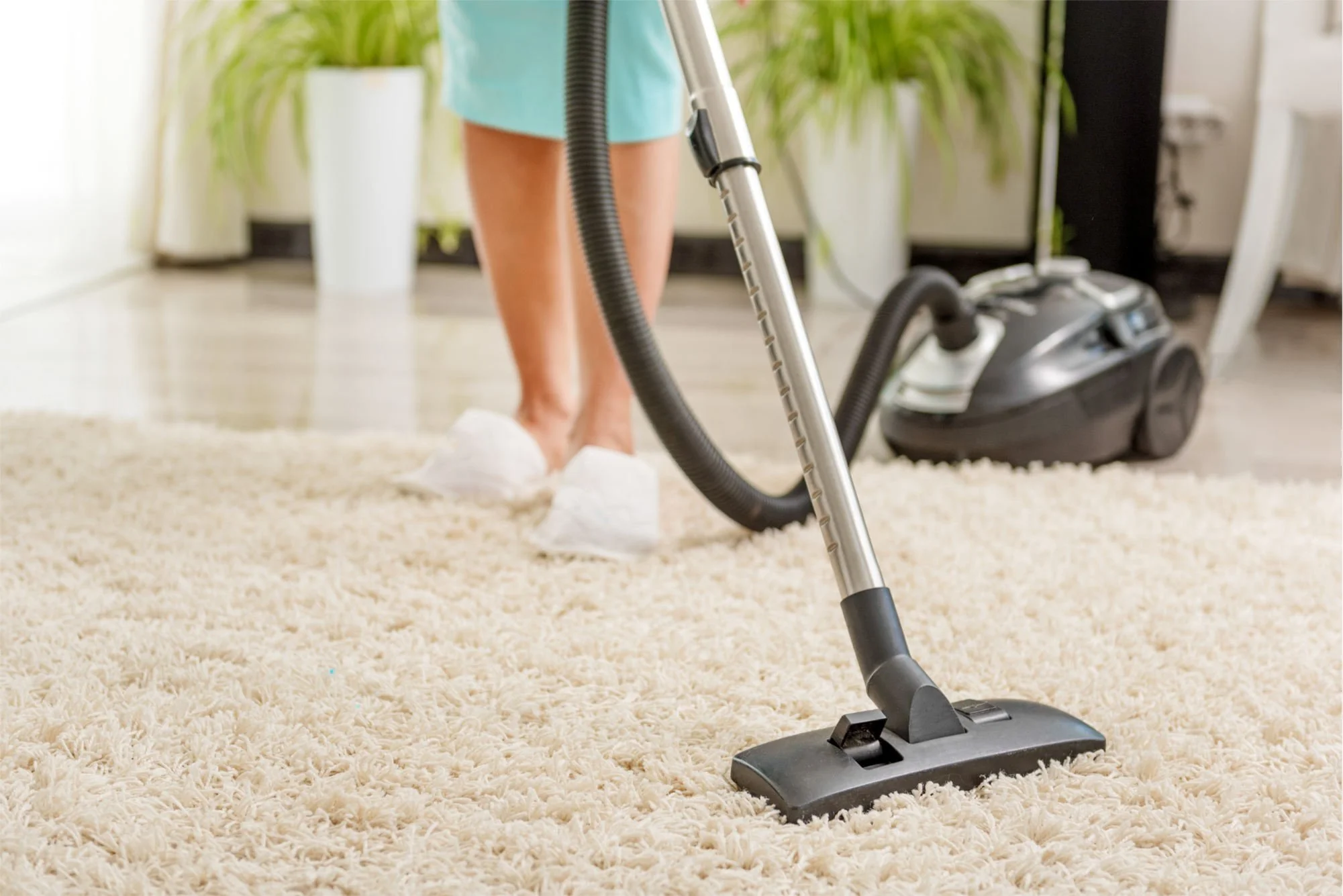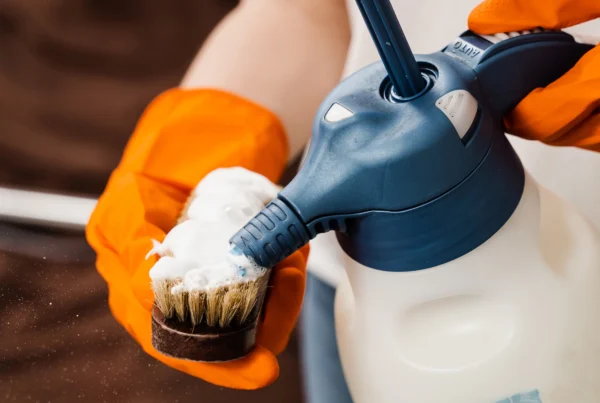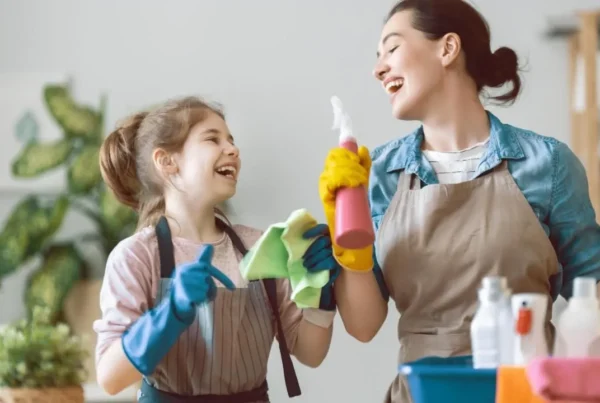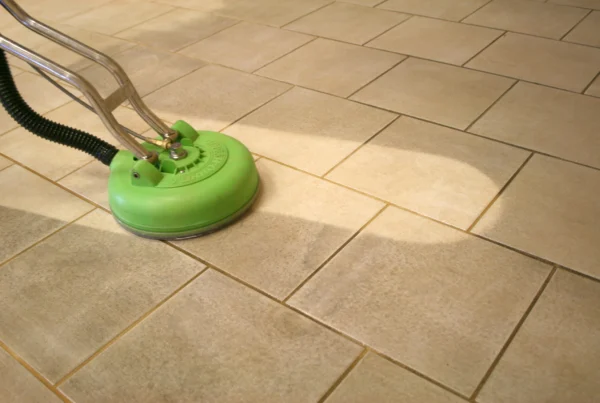In the realm of interior design, few elements exude the timeless charm and luxurious warmth of a meticulously chosen wool rug. These intricately woven masterpieces not only elevate the aesthetics of our living spaces but also stand as testaments to the artistry of craftsmanship. However, to truly appreciate the enduring allure of a wool rug, one must unravel the delicate dance of maintenance, and at the center stage of this choreography is the essential skill of knowing how to vacuum wool rug.
As we tread the path of preserving the plush softness and vibrant hues of these textile treasures, this guide aims to demystify the nuances of wool rug care. From understanding the intrinsic qualities of wool to navigating the labyrinth of vacuum cleaner options, join us on a journey that goes beyond mere maintenance; it’s a celebration of the art of preservation, ensuring your wool rug remains a source of comfort and elegance for generations to come. In the world of interior aesthetics, the mastery of how to vacuum wool rug is the key to unlocking the full potential of these timeless decor elements.
What is a Wool Rug?
A wool rug is a luxurious and versatile decor piece crafted from natural wool fibers, known for its exceptional softness, resilience, and vibrant color retention. Derived from the fleece of sheep, wool fibers are intricately woven to form these textile treasures, offering a unique combination of comfort and durability. With a history dating back centuries, wool rugs not only serve as functional floor coverings but also stand as expressions of cultural heritage and craftsmanship. The natural properties of wool, such as its inherent stain resistance and flame-retardant qualities, make it a popular choice for those seeking both aesthetic elegance and practicality in their home decor.
Importance of Vacuuming Wool Rugs
The importance of vacuuming wool rugs transcends mere cleanliness; it is a fundamental aspect of preserving their longevity and visual appeal. Wool fibers, while resilient, can trap dust, dirt, and allergens over time, diminishing the rug’s luster and affecting indoor air quality. Regular vacuuming is the frontline defense against this gradual wear and tear. Using an upright vacuum with adjustable height settings is crucial to prevent undue stress on the delicate fibers. Incorporating this routine not only removes surface debris but also ensures that particles deep within the rug are extracted, maintaining its plushness and preventing premature aging. A white cloth test can be a revealing ritual; if fibers appear on the cloth during a gentle rub, it’s a reminder of the necessity for diligent cleaning. For deeper cleaning, a clean sponge and mild detergent can be employed, but the key lies in a balanced approach, avoiding excessive moisture that may harm the wool. In essence, the ritual of vacuuming goes beyond cleanliness; it’s a pledge to honor the intricate dance of wool fibers, preserving the timeless allure of these textile works of art.
Understanding Your Wool Rug
Material Characteristics
Wool, as the primary material for many exquisite rugs, boasts a set of distinctive characteristics that contribute to its enduring popularity. Its natural crimp provides elasticity and resilience, allowing the fibers to bounce back to their original shape, resisting matting and wear. Wool fibers also possess inherent water-repelling qualities, making them resistant to stains and moisture. Additionally, wool’s ability to regulate humidity and absorb airborne contaminants contributes to a healthier indoor environment. Embracing these material characteristics is essential for effective rug care, ensuring that cleaning methods align with the unique attributes of wool to maintain its aesthetic and functional qualities.
Identifying Rug Types
Wool rugs come in a diverse array of types, each with its own construction methods and visual appeal. Understanding the various rug types is paramount to tailoring an appropriate cleaning regimen. From hand-knotted masterpieces to tufted creations, the construction impacts the rug’s overall durability and cleaning requirements. Pile height, density, and knotting techniques contribute to the rug’s texture and intricacy. By identifying rug types, one can navigate the cleaning process with precision, recognizing that a delicate hand-knotted rug requires a gentler touch than a more robust tufted counterpart. This knowledge empowers rug enthusiasts to appreciate the nuanced world of wool rugs while ensuring their investment in these textile treasures stands the test of time.
Gathering the Right Tools
Vacuum Cleaner Selection
Choosing the right vacuum cleaner is a pivotal decision in the quest to maintain the pristine condition of your wool rug. Opting for a vacuum with adjustable height settings is essential, allowing you to customize the cleaning approach based on the specific pile height of your rug. A canister vacuum, renowned for its versatility, is often a wise choice, providing the necessary suction power without the risk of damaging delicate wool fibers. Consideration of factors such as brush type and suction power is paramount; a balance must be struck to ensure effective cleaning without causing undue stress to the rug. Proper vacuum cleaner selection lays the foundation for a routine that not only removes surface debris but delves into the depths of the wool fibers, preserving both appearance and longevity.
Additional Tools
Beyond the vacuum cleaner, additional tools play a crucial role in elevating your wool rug maintenance game. Soft-bristle brush attachments are invaluable for gentle yet effective cleaning, ensuring that dirt and dust are lifted without causing harm to the delicate fibers. In the arsenal of tools, HEPA filters stand out for their ability to trap allergens, promoting a healthier indoor environment. A white cloth can be a simple yet revealing tool for assessing the cleanliness of your rug. For more profound interventions, such as deep cleaning, a professional cleaner equipped with specialized knowledge in handling wool rugs can be enlisted. These additional tools complement the vacuuming routine, offering a holistic approach to wool rug care that goes beyond the surface, safeguarding your investment in both aesthetics and functionality.
Preparing Your Wool Rug
Clearing the Area
Before embarking on the task of vacuuming your wool rug, it’s imperative to clear the surrounding area meticulously. Removing small objects and temporarily relocating furniture not only facilitates a seamless cleaning process but also ensures that every inch of the rug receives the attention it deserves. This preparatory step minimizes the risk of snagging on objects and allows for unobstructed access to the entirety of the rug. By creating a clean, open space, you set the stage for a thorough and efficient vacuuming session, preserving the rug’s integrity and beauty.
Gentle Spot Cleaning
Addressing visible stains and spots on your wool rug requires a nuanced approach to prevent further damage while effectively eliminating the blemish. Gentle spot cleaning is the key to retaining the rug’s vibrancy without compromising its delicate fibers. Using a clean sponge and a mild detergent specially formulated for wool, gently dab at the stain, avoiding aggressive rubbing that could exacerbate the issue. The goal is to lift the stain without saturating the rug excessively. Additionally, engaging in spot cleaning with a white cloth allows you to monitor the effectiveness of the process. For stubborn stains or when in doubt, consult with professional carpet cleaners, especially those experienced in wool rug care, such as ProClean, which offers carpet cleaning Abbotsford, carpet cleaning Langley, and carpet cleaning Coquitlam services!
Proper Vacuuming Techniques
Adjusting Height Settings
The proper adjustment of vacuum height settings is a crucial factor in the delicate dance of wool rug maintenance. Wool fibers, with their natural elasticity and resilience, necessitate a thoughtful approach to prevent unnecessary stress during cleaning. Adjust the height settings on your vacuum to ensure that the beater brush or roller engages with the rug without applying excessive pressure. Setting it too low may result in potential damage to the fibers, while a setting too high might render the cleaning ineffective. Striking the right balance in height adjustments guarantees a thorough clean without compromising the integrity of the wool rug, preserving its plush texture and vibrant appearance.
Vacuuming Frequency
Establishing a regular vacuuming routine is a cornerstone of effective wool rug care. The frequency of vacuuming depends on factors such as foot traffic, the rug’s location, and whether it’s in a high-traffic area. Generally, a weekly vacuuming schedule is recommended to prevent the buildup of dust, dirt, and allergens. However, high-traffic areas may demand more frequent attention. Consistent vacuuming not only maintains the rug’s cleanliness but also prevents particles from settling deep within the fibers, ensuring that the wool rug remains a captivating centerpiece in your living space for years to come.
Overlapping Passes
The technique of overlapping passes during vacuuming is a skill that transforms a routine task into an art form. Overlapping passes ensure a comprehensive and even cleaning, leaving no area untouched. This method involves making multiple passes over the rug, each slightly overlapping the previous one. The goal is to eliminate the risk of missing spots and to capture any remaining debris. This meticulous approach is particularly important for wool rugs, where dirt and dust can find refuge in the dense fibers. Mastering the art of overlapping passes not only enhances the cleaning efficacy but also contributes to the overall preservation of the rug, keeping it in optimal condition.
Dealing with Wool Rug Challenges
While wool rugs boast resilience and enduring beauty, they are not exempt from certain challenges that require thoughtful consideration. Addressing these challenges head-on is crucial for maintaining the rug’s overall condition.
Shedding
Shedding is a common phenomenon in wool rugs, especially in the initial stages of use. This natural process occurs as loose fibers work their way to the surface. While shedding is a temporary occurrence, managing it during vacuuming is essential. Opting for a vacuum cleaner with appropriate settings, such as a gentle brush attachment, helps minimize the impact on the rug. Additionally, understanding that shedding is part of the rug’s settling-in process allows you to approach it with patience and assurance, confident that regular vacuuming and proper care will lead to a reduction in shedding over time.
Handling High-Traffic Areas
High-traffic areas pose a unique challenge for wool rugs as they endure more wear and tear than less frequented sections. Effectively handling these areas requires a combination of preventive measures and targeted care. Regular rotation of the rug helps distribute foot traffic, preventing uneven wear. Implementing a more frequent vacuuming schedule for these zones ensures that dirt and debris are promptly addressed. Moreover, incorporating rugs with shorter piles in high-traffic areas can be a strategic choice, as they are often more resilient. By acknowledging the specific needs of high-traffic zones, you not only preserve the rug’s aesthetics but also extend its overall lifespan.
Maintenance Tips for Longevity
Professional Cleaning
While regular maintenance is essential, there comes a time when enlisting the expertise of professional carpet cleaners is advisable for a thorough and rejuvenating clean. Professional cleaners possess the knowledge and tools to address deep-seated dirt, stains, and allergens that regular vacuuming may not fully eliminate. For wool rugs, especially where a delicate touch is crucial, entrusting the task to professionals ensures that the cleaning process enhances rather than compromises the rug’s integrity. Professional cleaning, when done periodically, not only rejuvenates the appearance of the rug but also contributes significantly to its overall health and longevity.
Storage Considerations
When the need arises to store your wool rug temporarily, proper storage considerations are paramount to prevent damage and maintain its quality. Before storage, ensure the rug is thoroughly cleaned and completely dry to prevent mold or mildew growth. Rolling the rug instead of folding helps preserve its shape, and storing it in a cool, dry place away from direct sunlight is crucial. Using acid-free paper or cloth to wrap the rug provides an additional layer of protection. By taking these storage precautions, you safeguard your wool rug during periods of non-use, ensuring it emerges from storage as vibrant and inviting as when it was put away.
Conclusion
In conclusion, mastering the art of vacuuming wool rugs involves understanding the unique characteristics of wool, choosing the right tools, and implementing proper techniques. By following our comprehensive guide, you’ll not only preserve the beauty of your wool rug but also ensure its longevity, making it a timeless centerpiece in your home.
Revitalize the essence of your living space with ProClean’s exceptional carpet cleaning services! Our expert team employs cutting-edge techniques to breathe new life into your carpets, erasing stains and banishing allergens. Elevate your home’s ambiance effortlessly—schedule a ProClean service today and let the vibrant, refreshed carpets become a testament to the transformative power of professional care. Your floors deserve the luxury treatment, and ProClean is here to deliver unparalleled excellence in carpet cleaning services.
FAQs: How to Vacuum Wool Rug
How often should I vacuum my wool rug?
Regular vacuuming is recommended at least once a week for general maintenance. However, high-traffic areas may benefit from more frequent vacuuming to prevent dirt and debris buildup.
Can I use any vacuum cleaner on my wool rug?
It’s crucial to use a vacuum cleaner with adjustable height settings to prevent damage to the delicate wool fibers. Opt for a canister vacuum with a soft-bristle brush attachment for optimal results.
Ensure mold-free freshness! Curious about “Can carpet cleaning cause mold?” Click for expert insights and tips to safeguard your home during carpet cleaning today!
Is it necessary to spot clean my wool rug before vacuuming?
While not mandatory, gentle spot cleaning using a mild detergent and clean sponge is advisable for addressing visible stains before vacuuming. This ensures a more thorough cleaning process.
How do I adjust the height settings on my vacuum for a wool rug?
Set the vacuum at a height where the beater brush or roller can make contact with the rug without causing excessive pressure. This prevents damage to the wool fibers while still effectively removing debris.
Can I deep clean my wool rug at home?
While spot cleaning is suitable for minor stains, for deep cleaning, it’s recommended to consult professional carpet cleaners experienced in handling wool rugs to ensure a thorough and safe cleaning process.
[/fsn_text][/fsn_column][/fsn_row]




